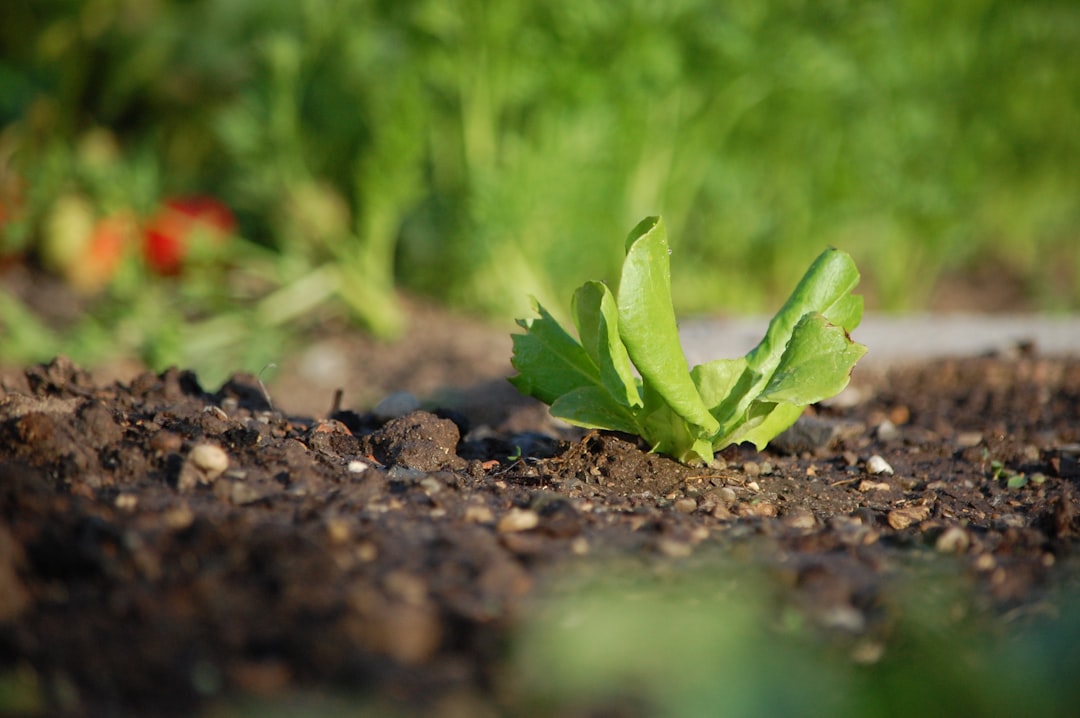Understanding your soil structure is essential for maintaining healthy plants, improving drainage, and optimizing soil fertility. Whether you're a backyard gardener or a farmer managing large fields, simple DIY soil tests can help you evaluate compaction, drainage, and aeration—all key factors in plant growth.
In this post, we’ll explore why soil structure matters, how to perform easy at-home soil tests, and what to do if your soil needs improvement.
Why Soil Structure Matters
Soil structure refers to how soil particles (sand, silt, and clay) are arranged into aggregates, which affect water movement, root growth, and microbial activity.
Good vs. Poor Soil Structure
✅ Good Soil Structure:
-
Allows water and air to move freely.
-
Supports strong root growth.
-
Contains aggregates (crumbs) that hold moisture but drain well.
❌ Poor Soil Structure:
-
Can be too compacted, restricting root growth.
-
Causes waterlogging or excessive runoff.
-
Leads to erosion and nutrient loss.
Simple Soil Structure Tests You Can Do at Home
These quick and easy tests require minimal tools and help assess key soil properties like texture, drainage, and compaction.
1. The Squeeze Test (Texture & Moisture Retention)
🔹 What It Tests: Soil texture (sand, silt, or clay content).
🔹 How to Do It:
-
Take a handful of moist (not wet) soil.
-
Squeeze it into a ball.
-
Open your hand and observe:
-
Falls apart immediately → Sandy soil (drains quickly, low nutrients).
-
Holds its shape but crumbles easily → Loamy soil (ideal balance of moisture, air, and nutrients).
-
Holds its shape and feels sticky → Clay soil (dense, poor drainage).
-
🔹 What to Do Next:
-
If too sandy, add organic matter (compost, peat).
-
If too clay-heavy, mix in sand, compost, and gypsum to improve aeration.
2. The Jar Test (Soil Composition and Particle Size)
🔹 What It Tests: Sand, silt, and clay proportions.
🔹 How to Do It:
-
Fill a clear jar ⅓ full with soil, then add water until almost full.
-
Shake well for 1–2 minutes.
-
Let it settle for several hours to overnight.
-
Observe the layers:
-
Bottom layer = Sand (largest particles).
-
Middle layer = Silt (medium particles).
-
Top layer = Clay (smallest particles, settles last).
-
🔹 What to Do Next:
-
Ideal soil (loam) has 40% sand, 40% silt, and 20% clay.
-
If too much sand, add organic matter to improve moisture retention.
-
If too much clay, mix in compost, gypsum, or sand for better drainage.
3. The Percolation (Drainage) Test
🔹 What It Tests: How well your soil drains water.
🔹 How to Do It:
-
Dig a hole 12 inches deep and wide.
-
Fill it with water and let it drain completely.
-
Fill it again and measure how long it takes to drain.
🔹 Results:
-
Drains in 30 minutes or less → Sandy soil (drains too fast, needs compost).
-
Drains in 30 min to 4 hours → Loamy soil (ideal balance).
-
Takes longer than 4 hours → Clay soil (poor drainage, needs organic matter).
4. The Earthworm Test (Soil Biology & Health)
🔹 What It Tests: Presence of beneficial organisms.
🔹 How to Do It:
-
Dig a 1-foot by 1-foot hole in moist soil.
-
Sift through the soil for 2–3 minutes and count the earthworms.
🔹 Results:
-
10+ worms = Healthy soil 🌱
-
Fewer than 5 worms = Lacking organic matter, possibly compacted
🔹 What to Do Next:
-
Add compost, mulch, and avoid synthetic fertilizers to boost soil life.
5. The Ribbon Test (Clay Content & Workability)
🔹 What It Tests: How much clay is in your soil.
🔹 How to Do It:
-
Take a moist soil sample and roll it into a thin ribbon between your thumb and forefinger.
-
Measure how long the ribbon stretches before breaking.
🔹 Results:
-
Less than 1 inch → Sandy soil (low clay, fast drainage).
-
1–2 inches → Loam soil (ideal mix).
-
More than 2 inches → Clay-heavy soil (poor drainage, hard to work).
🔹 What to Do Next:
-
If too clay-heavy, mix in organic matter (compost, leaf mold) and sand.
-
If too sandy, add peat moss and compost to retain moisture.
Improving Soil Structure Based on Test Results
Once you assess your soil, here’s how to improve structure for better plant growth:
🌱 For Compact Soil (Clay-heavy, Poor Drainage)
-
Aerate with a broadfork or garden fork.
-
Add organic matter like compost, aged manure, and mulch.
-
Mix in sand or perlite to loosen heavy clay.
🌿 For Loose, Dry Soil (Sandy, Fast-Draining)
-
Increase organic matter (compost, peat moss, biochar).
-
Use mulch to retain moisture.
-
Grow cover crops (clover, alfalfa) to build soil structure.
💧 For Waterlogged Soil (Poor Drainage, Standing Water)
-
Create raised beds for better water flow.
-
Improve drainage with organic matter and sand.
-
Avoid overwatering and compaction.
Final Thoughts: Know Your Soil, Grow Better Plants
Assessing soil structure doesn’t require fancy equipment—just a few simple tests can reveal a lot about your soil’s health, drainage, and composition. By making small adjustments based on your test results, you can improve soil fertility, boost plant growth, and create a healthier garden.
🌱 Try these tests today and start building better soil for your plants! 🌍✨

Comments
No comments yet. Be the first to comment!
You must be logged in to comment. Login